Charleston, West Virginia, has a bit of a mixed track record when it comes to bike friendliness. On the one hand, collisions between cars and bicycles are rare. The entire state only saw 19 bicycle fatalities occur between 2014 and 2023, meaning it averages fewer than two cyclist deaths per year.
On the other hand, Charleston has very little bicycle infrastructure. Riding in traffic can be a harrowing experience, particularly on the city’s bridges and highways. And even though Charleston’s Bike and Trail Master Plan has set aggressive goals for building bicycle facilities, very few of the city’s major routes currently include bikeways.
Charleston Bike Accident Statistics
West Virginia does not publicly release its car accident or bike accident statistics. Instead, to get an idea of its (and Charleston’s) data, you must use the statistics it reports to the federal government.
That, however, has three important implications: First, the reported statistics are outdated. The most recent statistics reported by the state to the U.S. Department of Transportation are from 2022.
Second, the numbers lack detail. The 2022 Statistical Report groups pedestrian and bicycle accidents together into a category called “non-motorized” accidents. Thus, there are no annual bike crash numbers. (However, you can calculate a five-year average by subtracting the average number of pedestrian crashes from the average number of non-motorized crashes.)
Third, the state only releases total crashes for counties and does not release traffic collision statistics for individual cities. Since Kanawha County, home to Charleston, sees more traffic accidents than any other county in the state, you can make a solid guess as to what happens in Charleston based on the county’s total crash numbers. But that would only be an assumption.
Bicycle Accident Deaths and Serious Injuries
In 2022, West Virginia traffic accidents caused 24 non-motorized fatalities, falling from hitting a ten-year high in 2021. However, non-motorized serious injuries jumped to 70 after three years of hovering in the 40s and 50s. Serious injuries are those that incapacitate the victim, rendering them unable to leave the scene without an ambulance or other form of aid.
That spike in serious injuries, however, might simply be a statistical anomaly. The total fatalities and serious injuries to pedestrians and cyclists increased by only 13%, so the increase in serious injuries might have occurred solely because of a shift in outcomes from fatal to serious injury. In other words, some victims who would have died instead suffered non-fatal injuries.
Between the years 2018 and 2022, the state averaged the following:
- 29.0 non-motorized fatalities
- 60.2 non-motorized serious injuries
- 26.4 pedestrian fatalities
- 48.4 pedestrian serious injuries
From these numbers, you can calculate the five-year averages for bicycle accidents in West Virginia as follows:
- 2.6 cyclist fatalities per year
- 11.8 cyclist serious injuries per year
Unfortunately, the state does not identify where these crashes occurred. Still, it shouldn’t come as a surprise that bicycle accidents typically occur in areas with large populations or active bicycle communities.
In West Virginia, the following cities fall into those categories according to the League of American Bicyclists:
- Beckley
- Wheeling
- Morgantown
- Huntington
However, according to the statistics submitted to the League, these cities only averaged 0.2 bicycle fatalities per year over the past five years. Thus, you can infer that the bulk of the state’s bike deaths and serious injuries happened in Charleston, the state’s most populous metro area and the only major city not included in the League’s numbers.
Common Causes of Bicycle Accidents in Charleston
Bicycle accidents can happen in many ways. Some of the most common causes include the following:
Inattentional Blindness
One of the most notable causes of bicycle accidents is a phenomenon known as inattentional blindness. It is a cognitive bias that prevents the brain from recognizing certain information.
When driving, the brain cannot keep up with all the information coming in, so it filters some of it out. The unfortunate outcome is that pedestrians and bicycles are phased out first because they are small and slow. Still, drivers can combat their inattentional blindness by remaining aware of their fellow road users and avoiding distractions, as discussed below.
Distracted Driving
Inattentional blindness can be compounded by distracted driving, which primarily occurs when drivers attempt to multitask.
While smartphone use gets much of the blame these days, many other common behaviors can distract a driver’s eyes, hands, or mind, such as:
- Eating or drinking
- Entering information into a navigation system
- Talking to passengers
- Reaching for objects
The danger of distracted driving to cyclists comes from the difference in speed between an automobile and a bicycle. At just 25 miles per hour, a vehicle will cover over 36 feet during a single-second glance at the phone. That means a bicyclist could get hit by a car they may not even hear or see if its driver gets distracted for just a few seconds.
Failing To Yield
Another consequence of inattentional blindness is that drivers often fail to spot bicycles in crosswalks or waiting at traffic lights. The driver inadvertently fails to yield the right of way and collides with the bike.
Failures to yield can also occur intentionally. Many drivers try to beat bicycles through an intersection or crosswalk by speeding up. If they misjudge the speed or distance of the bike, they can strike it.
Unsafe Passing
Unsafe passing happens when drivers crowd cyclists when overtaking them.
West Virginia recognized the risks posed to cyclists from passing vehicles in 2014, amending its laws to require drivers to do the following when overtaking bicycles:
- Give an audible signal
- Pass only on the left
- Slow down
- Leave three feet of space when passing
At the same time, riders are supposed to give way by moving to their right, if possible, and maintaining their speed instead of accelerating.
Riding Your Bicycle Safely in Charleston, WV
Very few bicyclists are injured or killed across West Virginia, which means the risks to them in Charleston remain low. Nevertheless, riders should always navigate the city’s roads and bridges with care by following traffic laws, watching for inattentive drivers, and exercising extra caution at crosswalks and intersections.

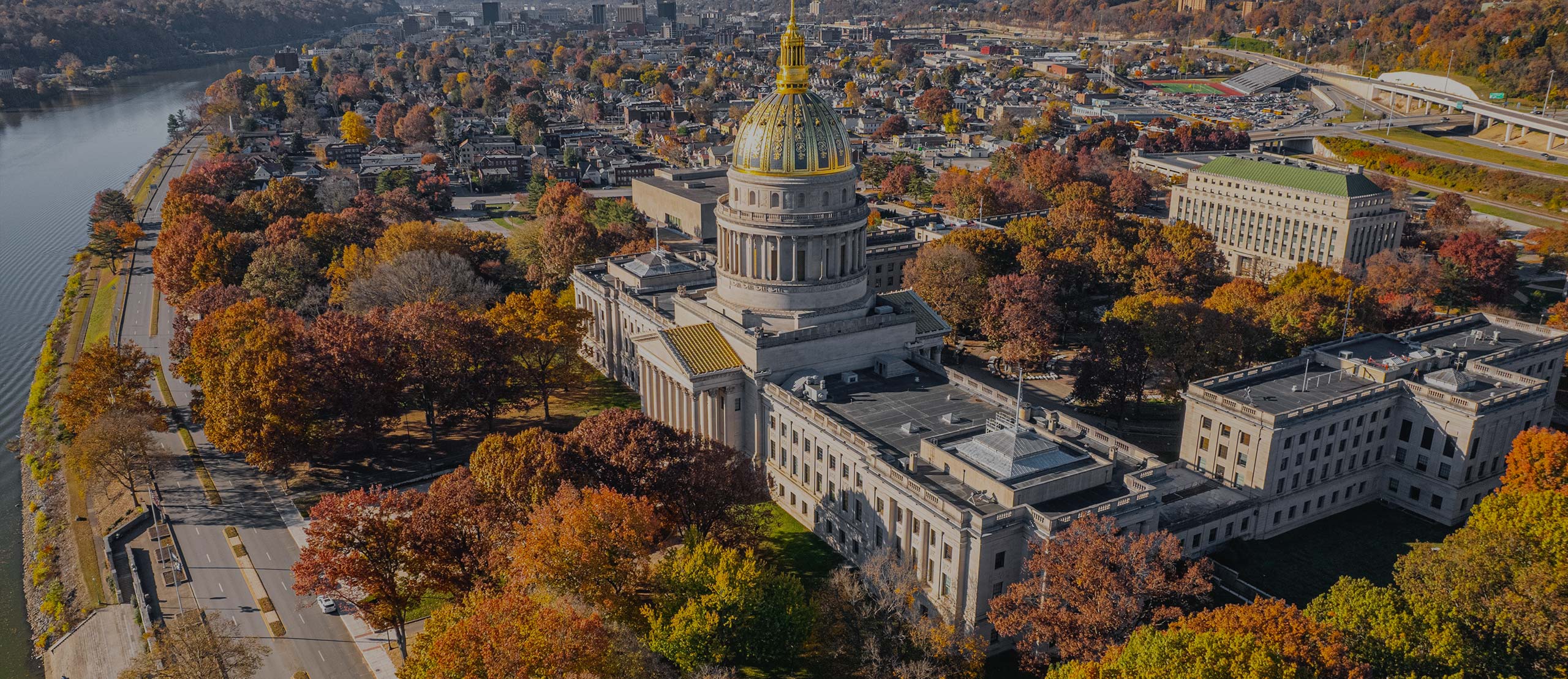

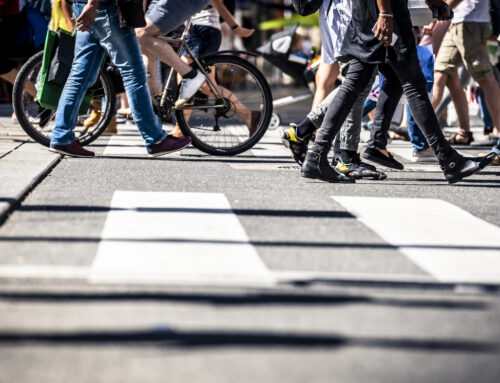
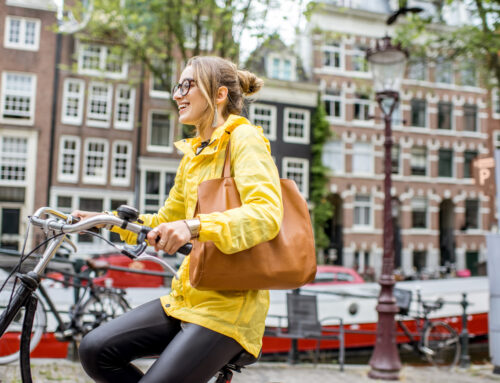

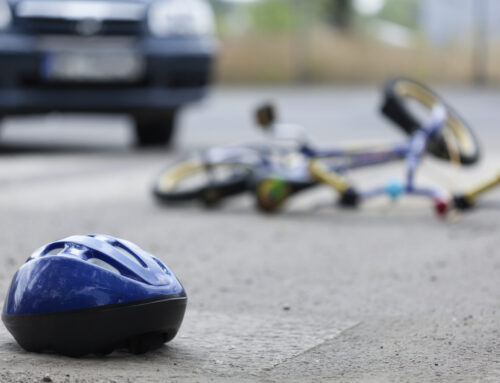
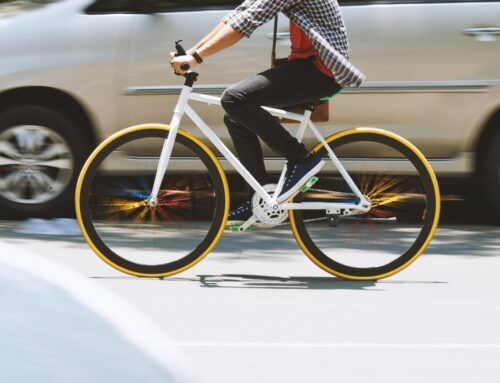
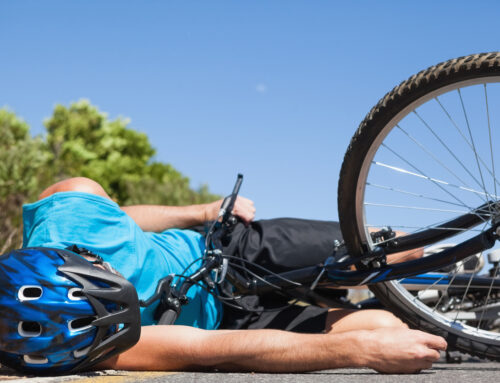
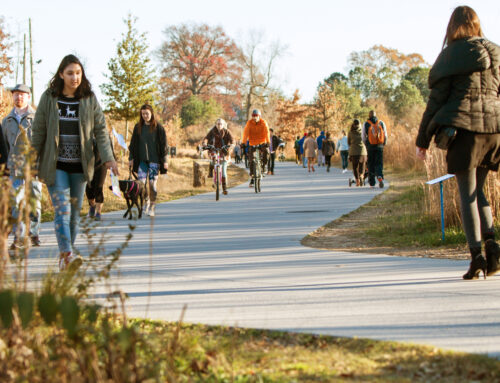
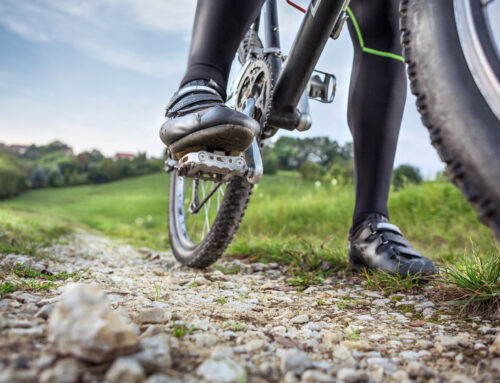
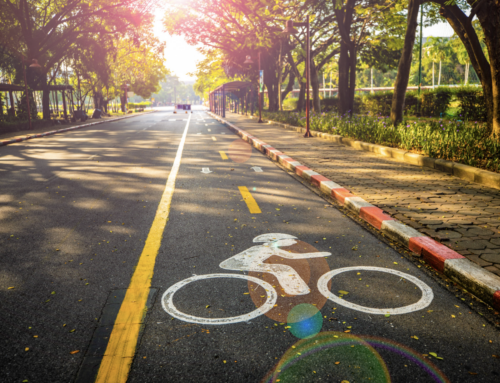
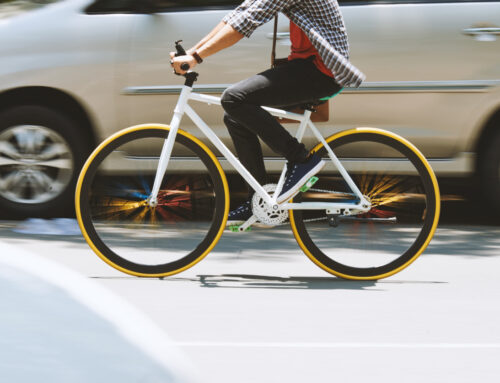
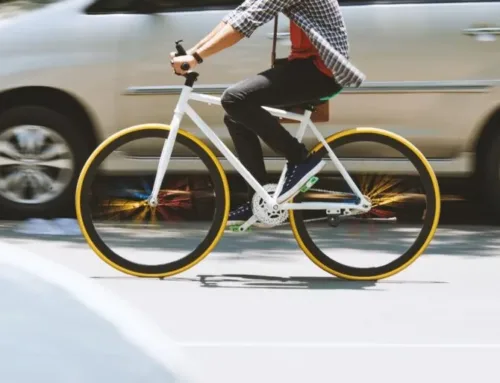
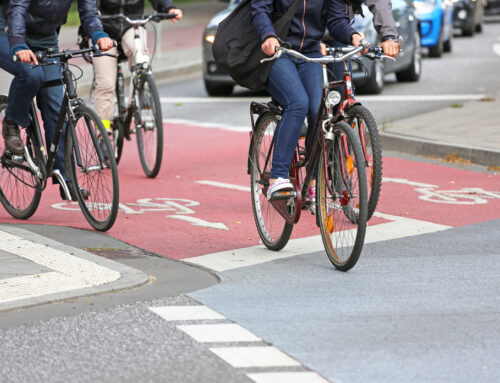
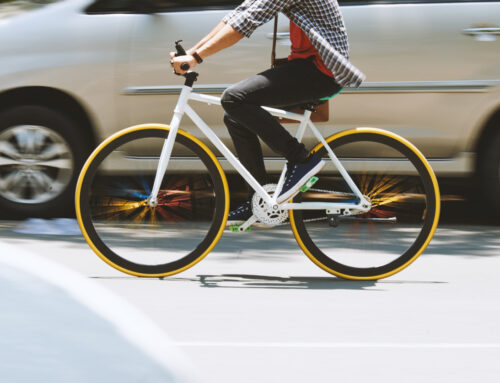
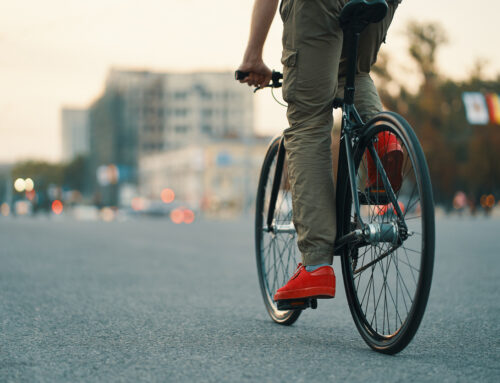
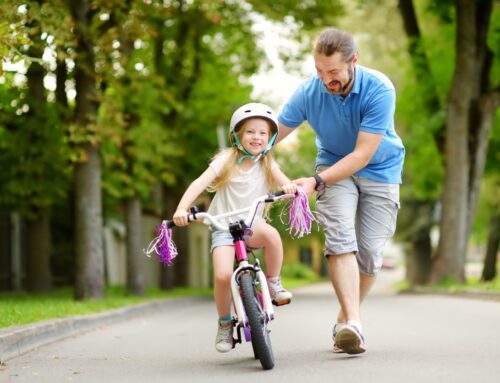
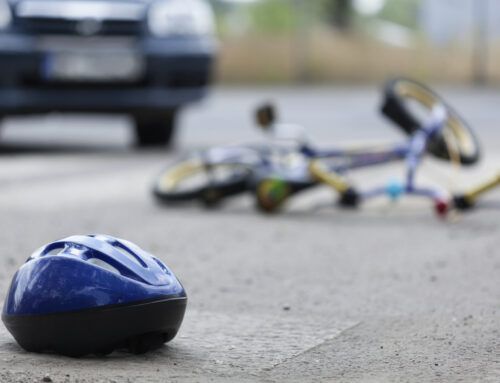
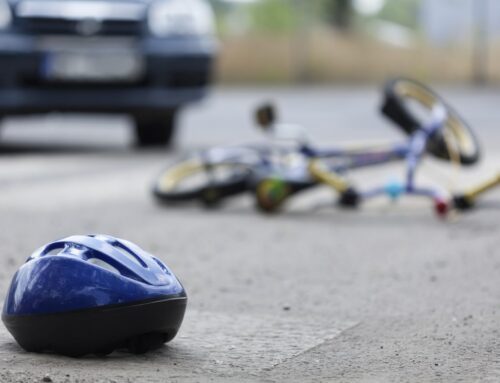
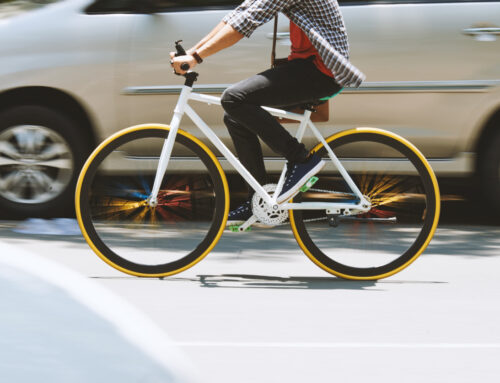

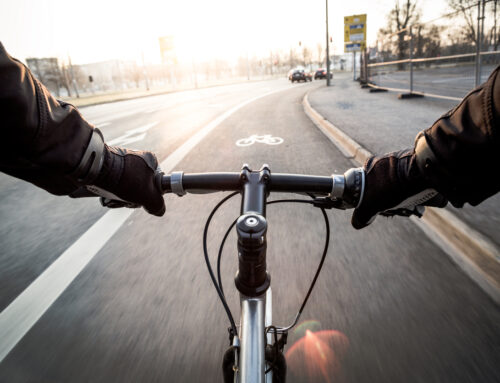
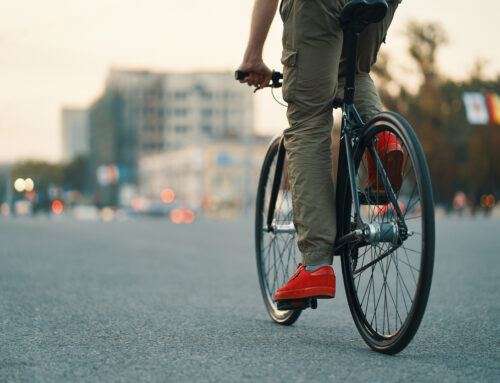
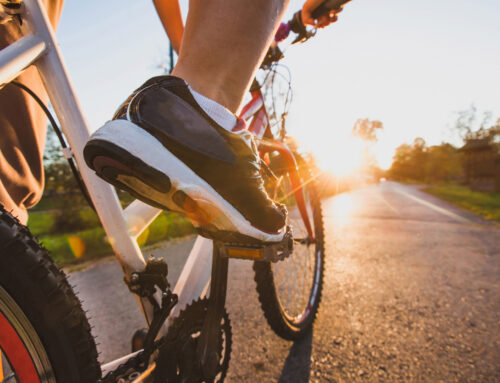
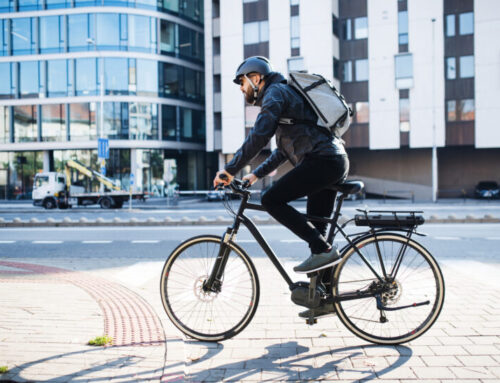
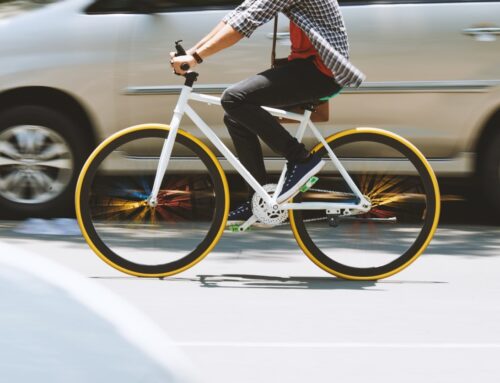
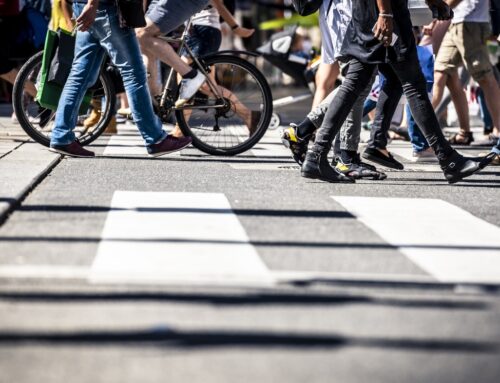
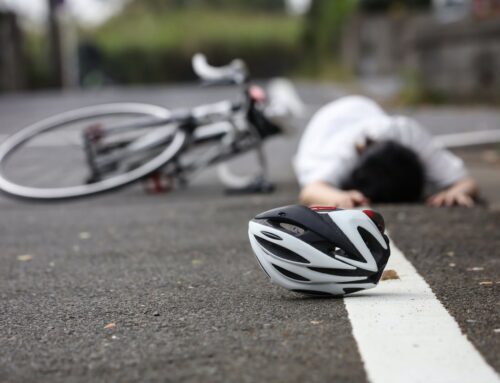
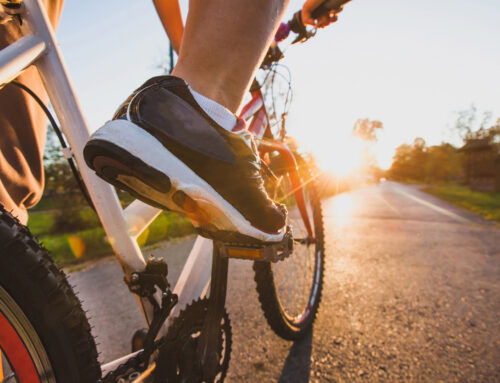
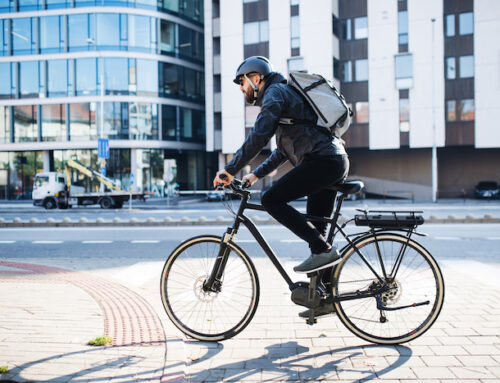
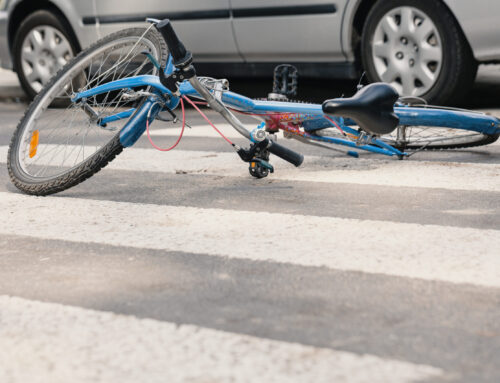
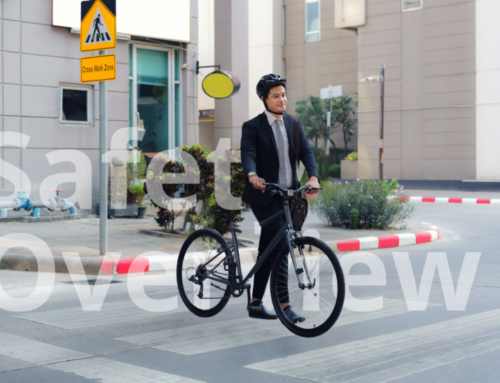
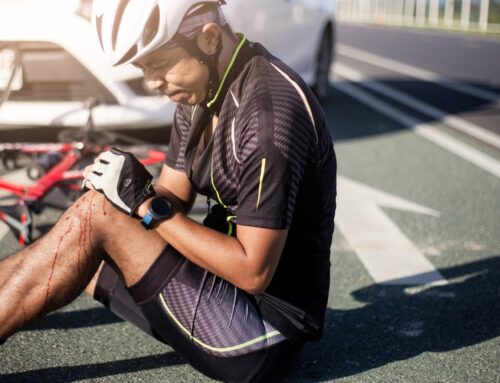

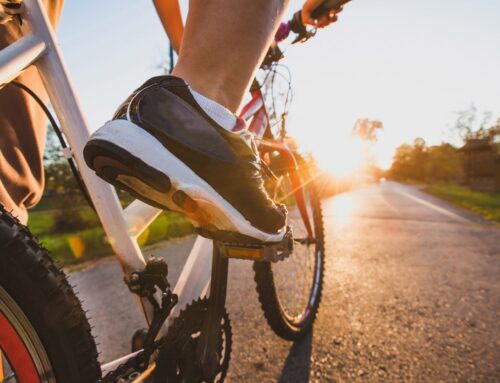
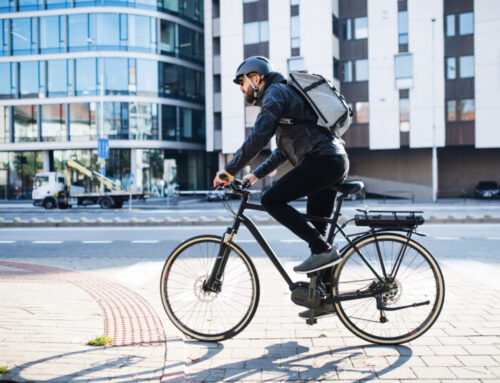
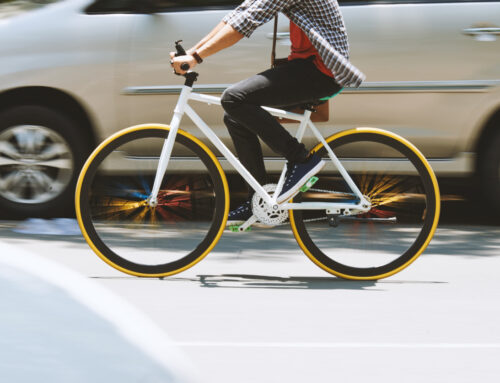
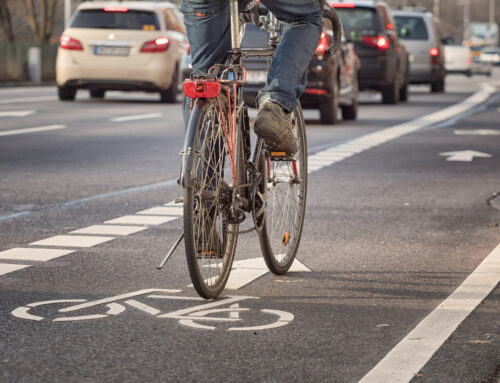
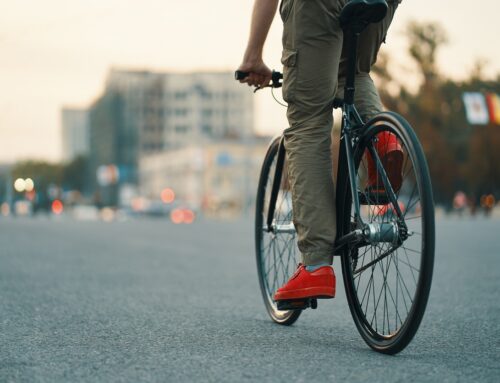

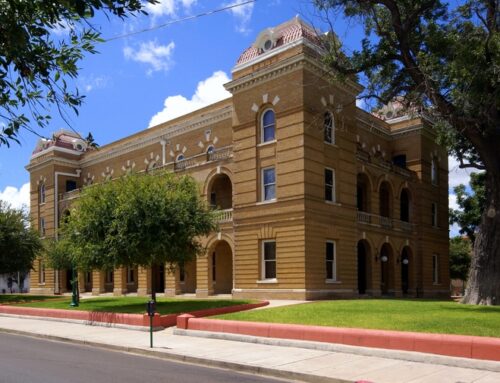
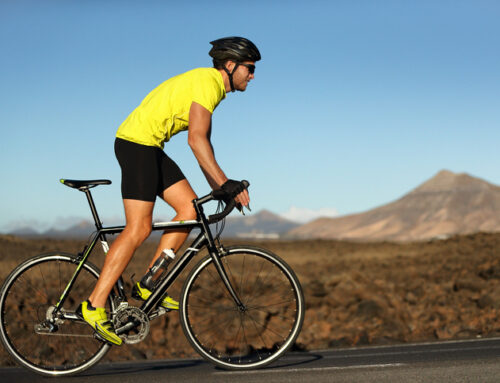
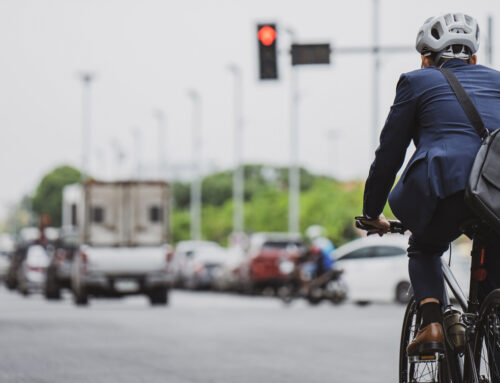
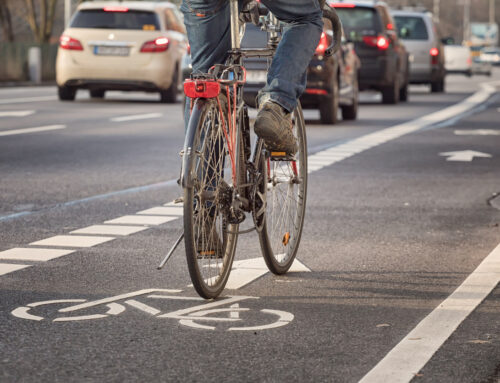
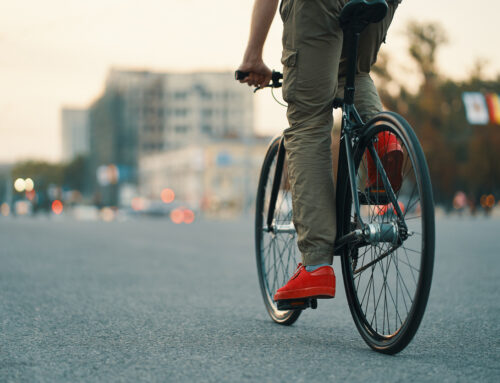
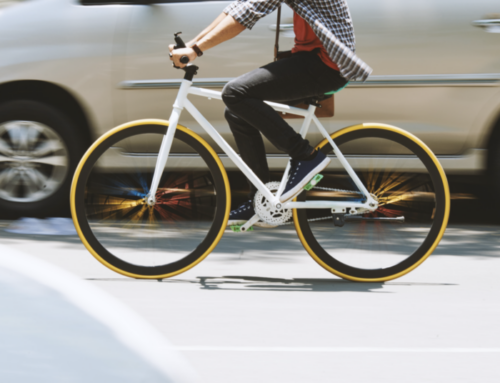
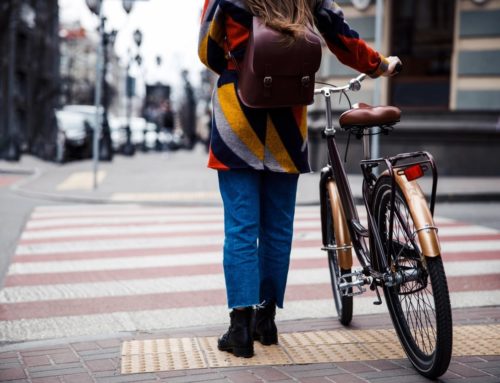
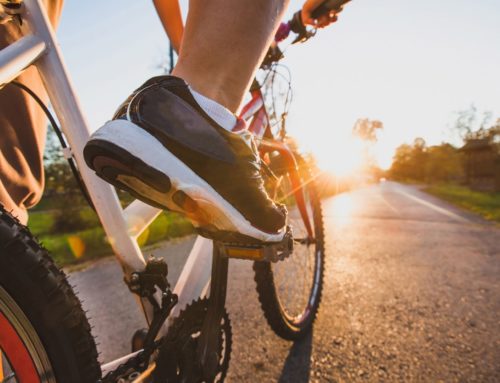
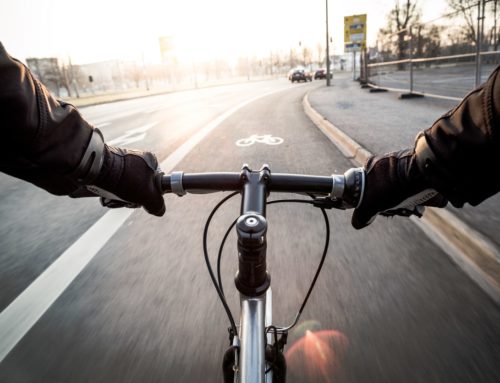
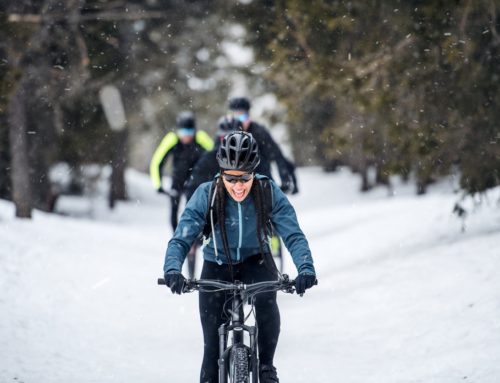
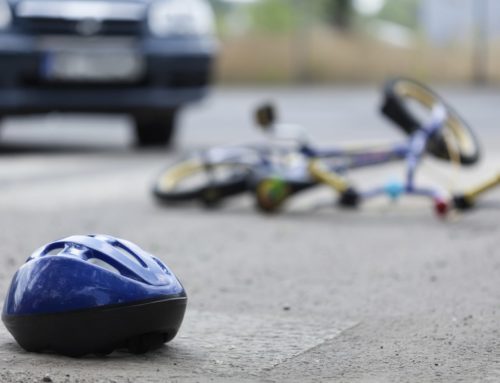
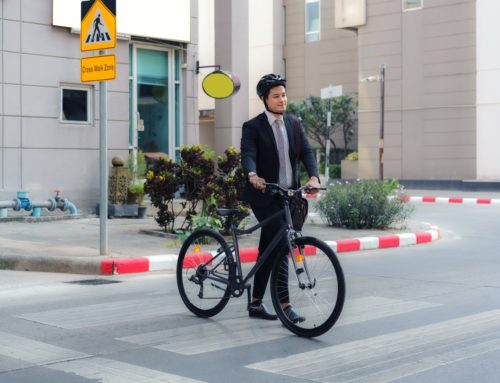
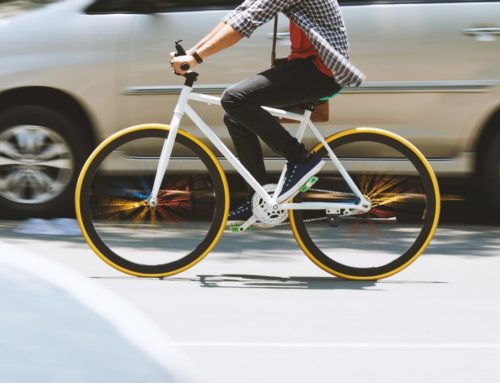
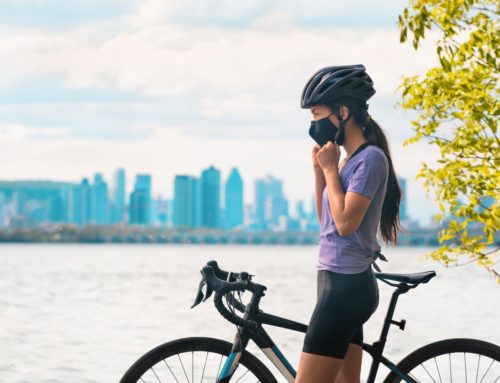

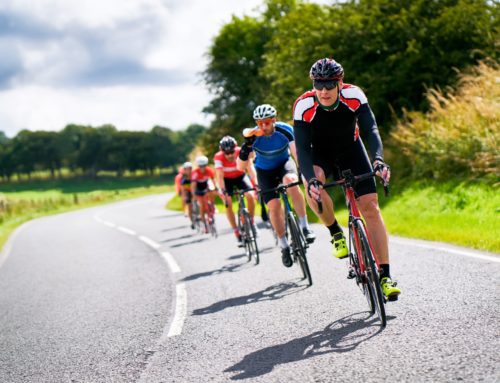
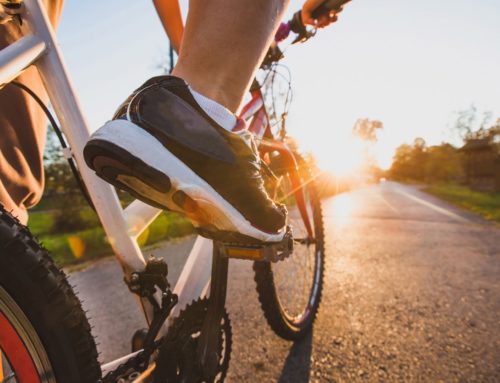
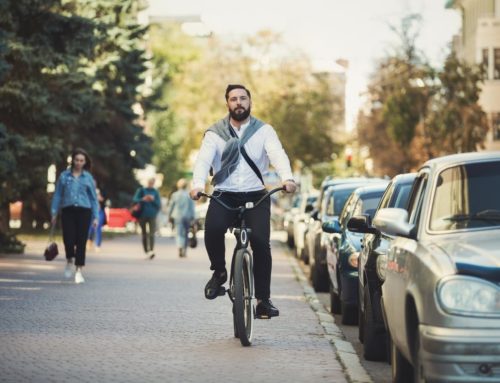
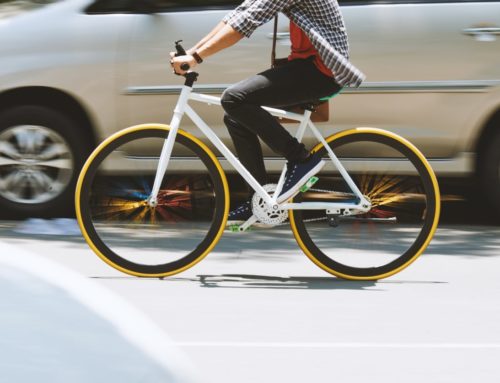
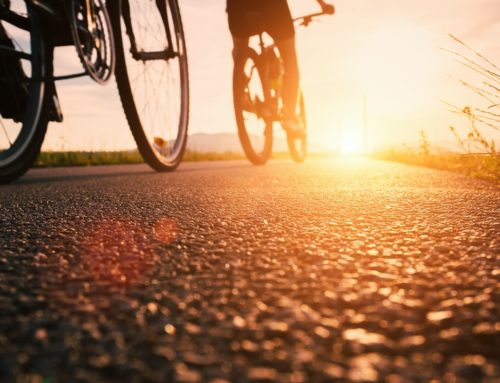
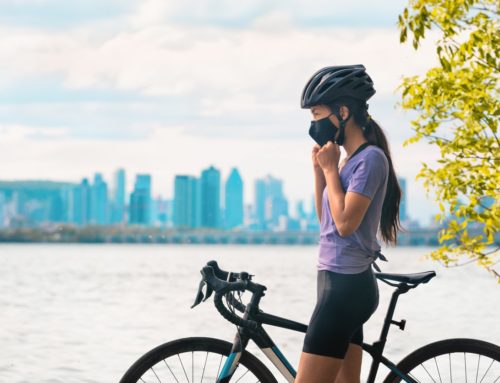
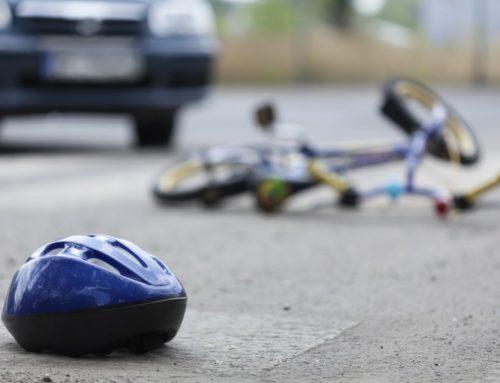
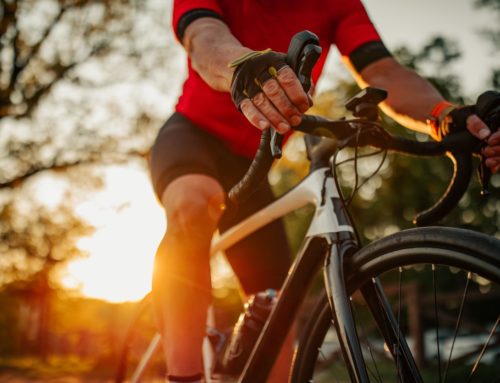
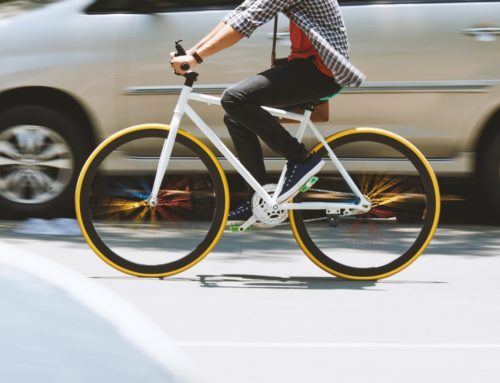
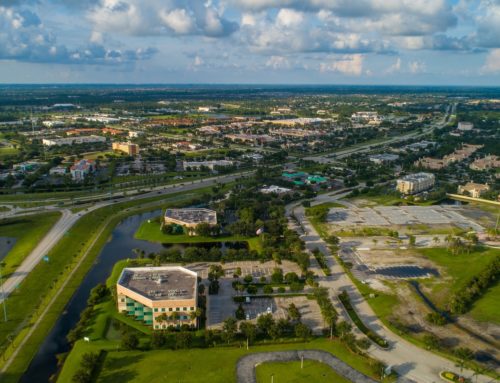
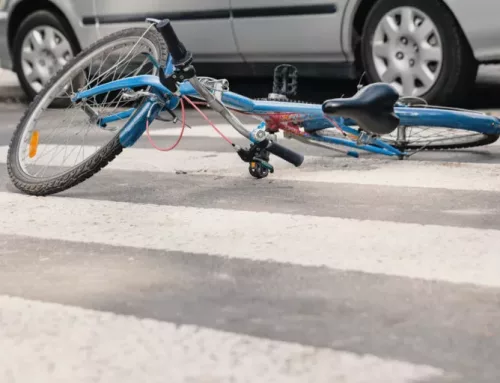
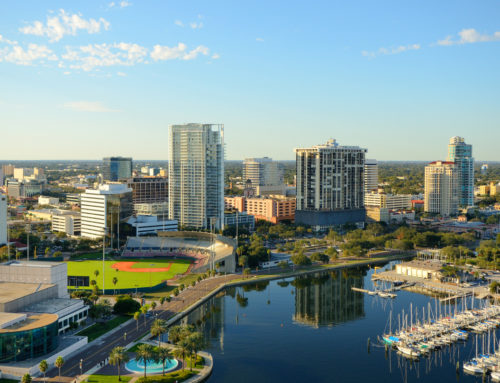
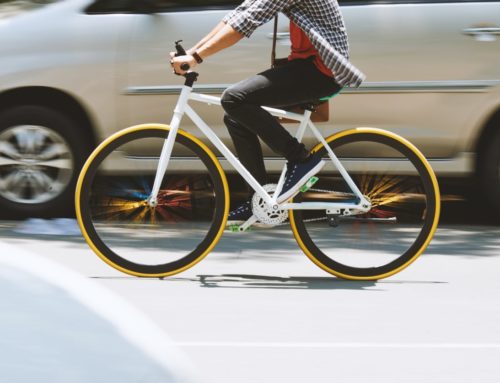
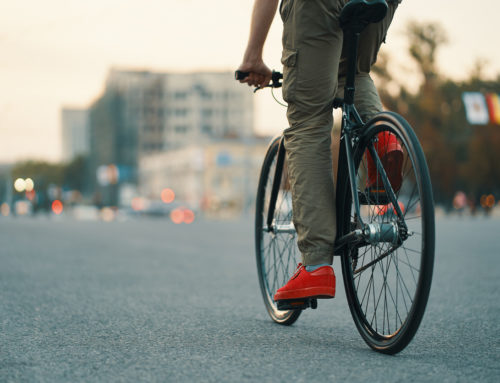
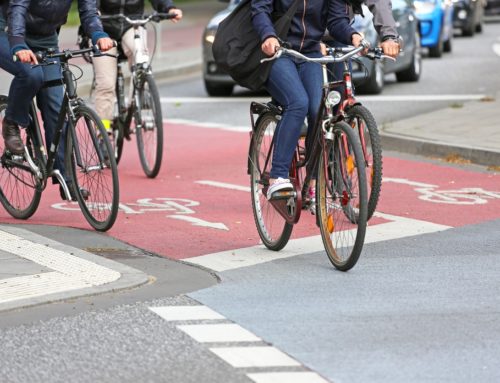
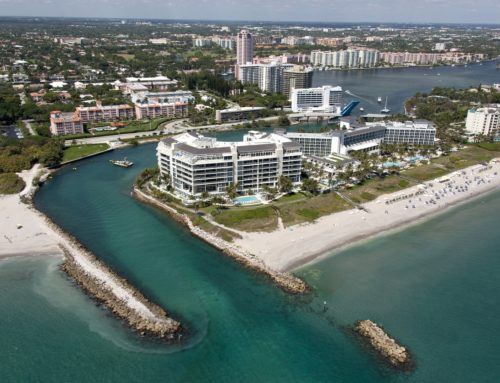
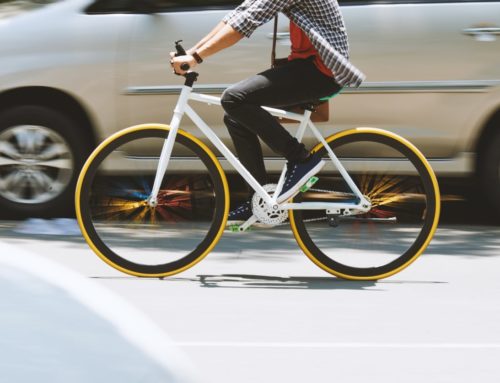
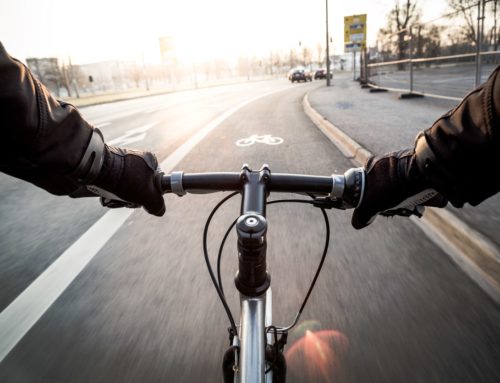

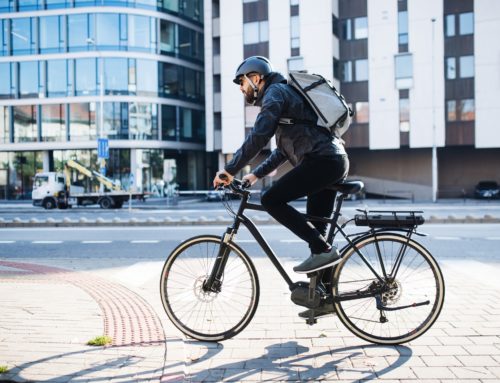
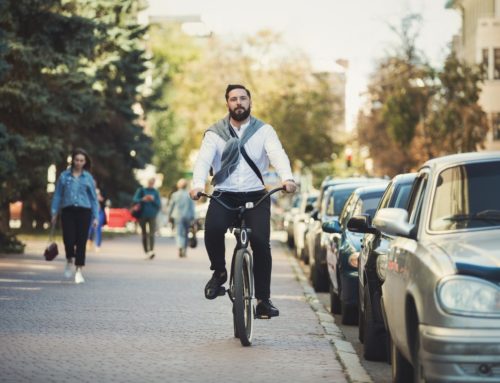

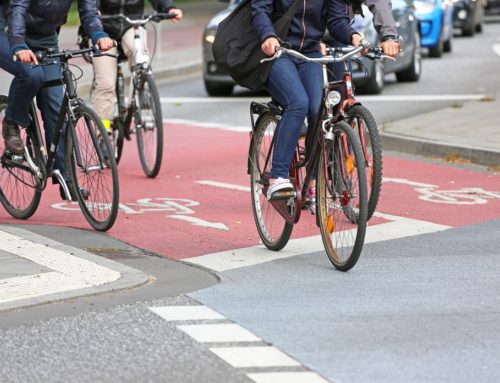
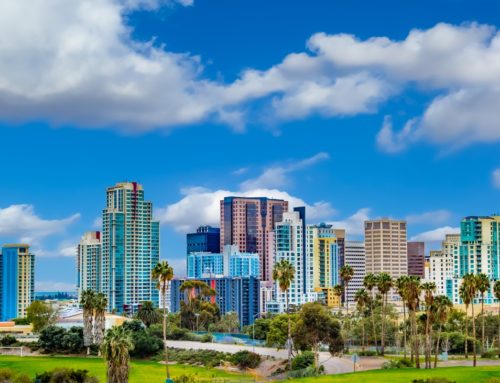
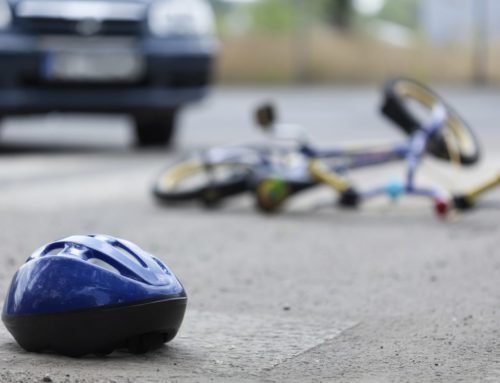
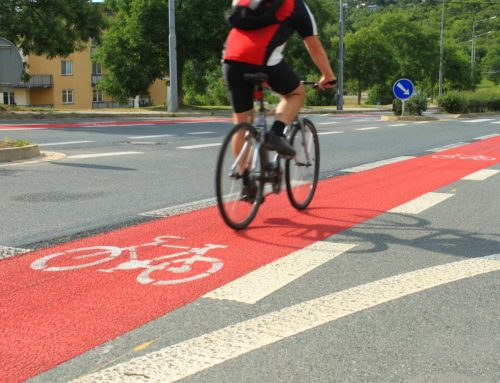
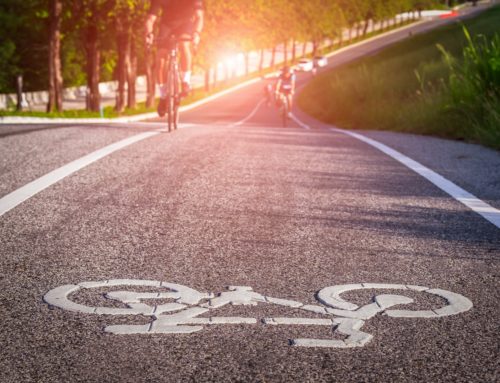

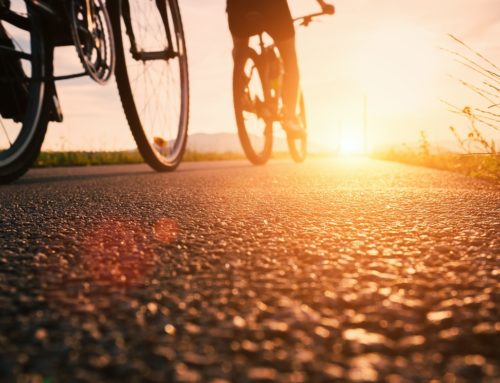
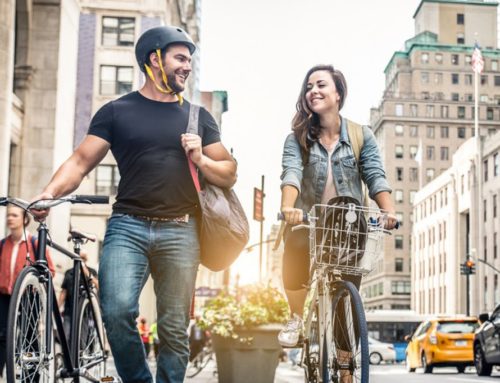
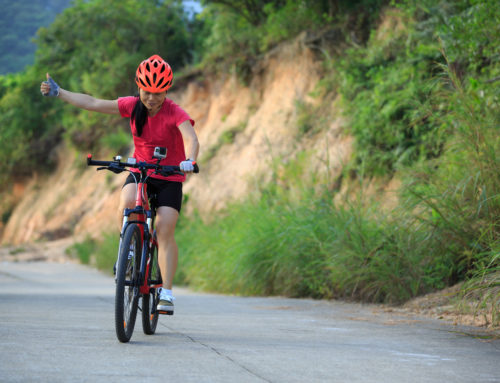
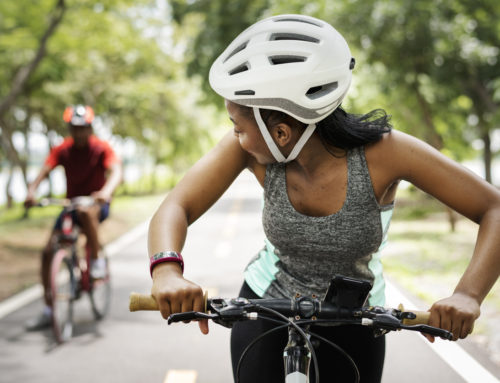
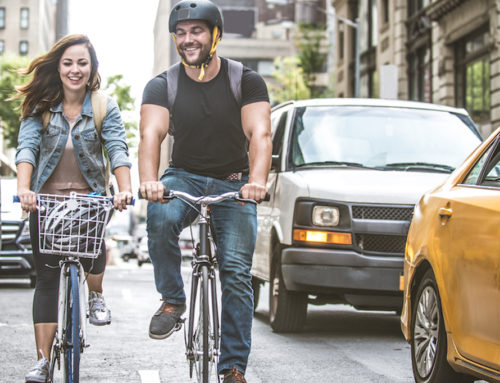
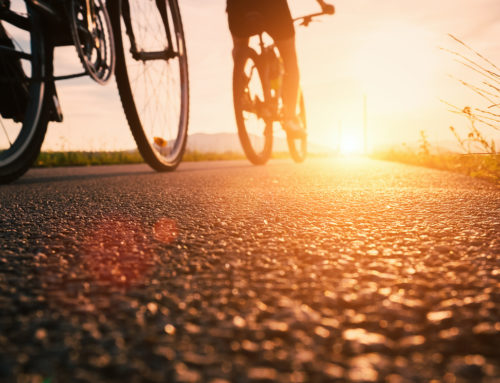
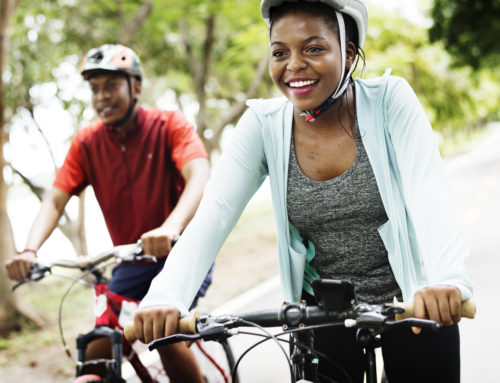
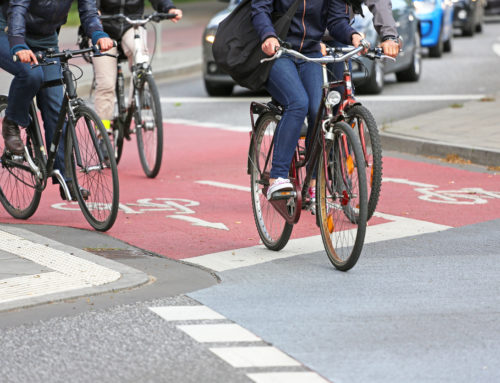
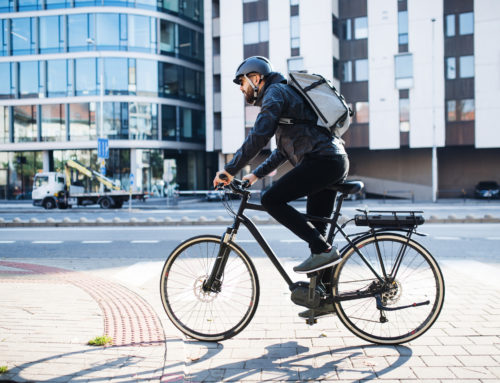
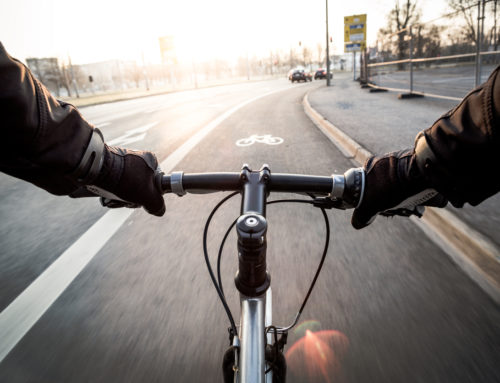

Leave A Comment